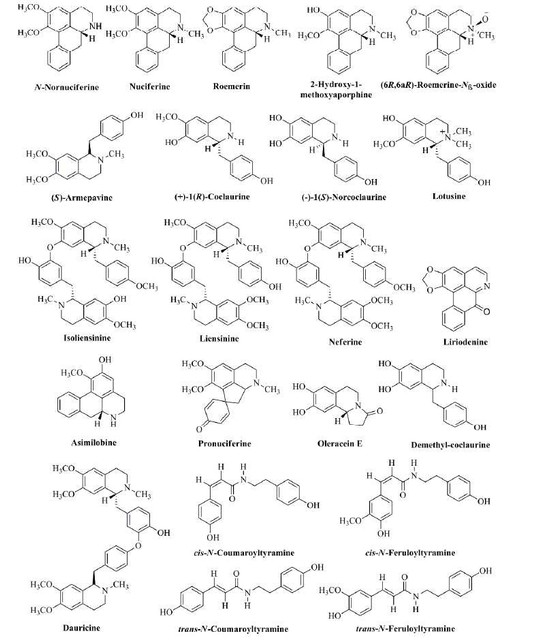izo
Bluelighter
- Joined
- Mar 22, 2006
- Messages
- 4,165
Next plant profile.

 en.wikipedia.org
en.wikipedia.org
some compouds from it made it to wikipedia:

 en.wikipedia.org
en.wikipedia.org

 en.wikipedia.org
en.wikipedia.org

 en.wikipedia.org
en.wikipedia.org
a paper related to Higenamine:
2016 - Applications of Higenamine in parmacology and medicine
no entry from rätschs enxeclopedia though.

Nelumbo nucifera - Wikipedia
The lotus flower has an astringent, calming, blood pressure-lowering, vasodilating, haemostatic, fever-reducing, heart-strengthening, cooling, stomach-strengthening and tonic effect. Due to its properties, it is used in the following areas: Cancer. menstrual cramps.
some compouds from it made it to wikipedia:

Miquelianin - Wikipedia

Coclaurine - Wikipedia

Higenamine - Wikipedia
a paper related to Higenamine:
2016 - Applications of Higenamine in parmacology and medicine
no entry from rätschs enxeclopedia though.
Last edited:


